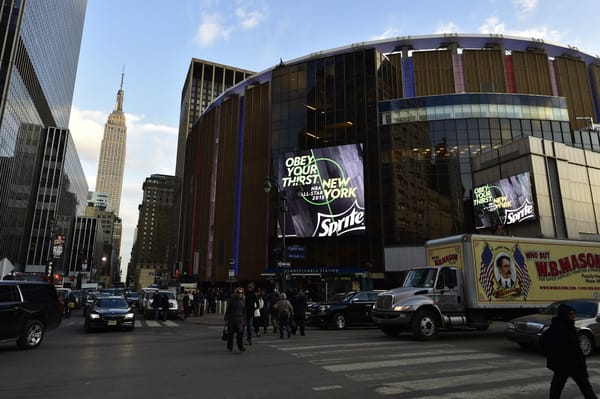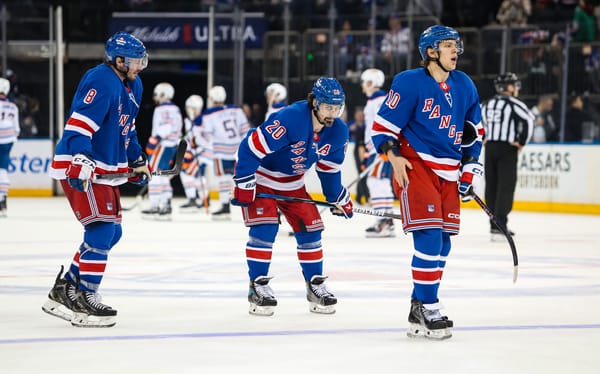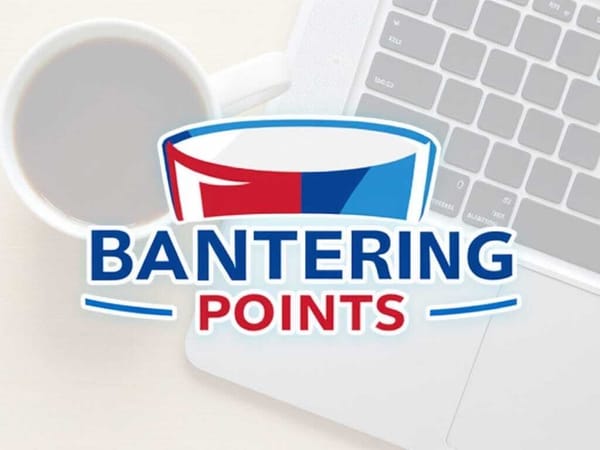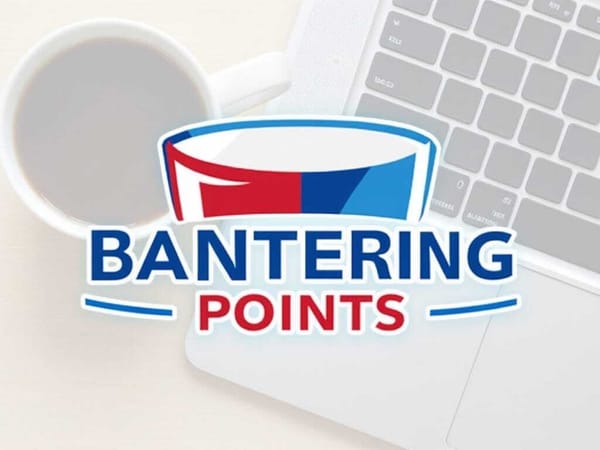What Have We Learned: A Look at Games 57-70
We last left off with the Rangers announcing their rebuild and subsequently winning back-to-back games. Since then, we have a group that has just added some new faces. The trade deadline saw some key roster players moved out while only a few roster players were part of the return, as they prioritized draft picks and prospects.
After the deadline the Rangers got off to an interesting start with three consecutive wins, although their goaltenders deserve most of the credit. Then they matched that win streak with a three-game losing streak that ended on Monday night with a 6-3 win over the Hurricanes.
So what have we learned?
- After the Rangers announced their intentions to rebuild, the coaches seemed to have finally gotten on the same page as management; whether or not it was by choice is another story. Ryan McDonagh was finally pulled from the lineup due to injury, Rick Nash and Michael Grabner were traded, and young defensemen were recalled from Hartford and actually given an opportunity to play.
- It’s been a step forward, as Henrik Lundqvist is finally getting some much needed time off. If having a number of key players play through injury wasn’t indicative of the coaches being in win-now mode, then the amount they played 35-year-old (now 36) Lundqvist should have been. He has led goaltenders in games played for most of this season and faced one of the most challenging workloads with a defense in front of him that bleeds shots against (second to last in the league with a 62.46 Corsi against per 60 at 5-on-5)./
- Ondrej Pavelec’s injury did complicate matters for a few games, but now Alexandar Georgiev is getting time between the pipes to take some of the load off of Lundqvist. Now Lundqvist won’t be drained anymore than necessary in this losing season.
- Hopefully, they don’t take a step back with Kevin Shattenkirk. He was getting ready to return from injury (torn meniscus), but suffered a minor setback. Unless the medical staff is beyond positive that he’s healthy enough to return, what’s the point? Why risk any further damage, especially when the Rangers aren’t even in the playoff hunt?
- The decision to return cannot be left solely to the players. Athletes are tough and take pride in that. Most avoid leaving a game unless they physically cannot play. That warrior culture is commended by many, but it’s not in the best interest of the players. It’s even less excusable when it’s for a team that’s not in the playoff mix./
- Speaking of that, Tony DeAngelo’s injury comes at an unfortunate time, as it looked like he’d have a place in the lineup at the NHL level for the rest of the season./
- Through all 32 games he’s played with the Rangers this season, he’s earned a plus-5.15 relative Corsi and is just above average in terms of expected goals. Where his numbers take a dip is the number of goals against he’s been on the ice for. It’s concerning, but only to an extent; goals aren’t the most predictive statistic, nor are they the most indicative of a player’s skill.
- He does need to refine his game in his own zone, and that was known when the Rangers acquired him. But as much as it’s an area that has to be developed, this season really isn’t the most accurate gauge of how much because of how awful all of the defense has been.
- Before the injury he was skating on Brady Skjei’s right, and these last couple of games were the first time they were really being deployed together.
- A Skjei-DeAngelo pair has only been utilized for about 61 5-on-5 minutes. In this small sample, they’re a plus-15 relative to the other pairs in terms of Corsi and their expected goals for percentage is a plus-10.58. However, it’s the goals against that’s counting against them.
- In the future, this could be an interesting pair. It’s often thought that with an offensive defenseman they need a defensive anchor in order to succeed. In some cases, it doesn’t hurt – Erik Karlsson was able to thrive alongside Marc Methot for years; then again, he’s also Erik Karlsson. A Marc Giordano-Dougie Hamilton pair has that balance as well, and they’ve excelled this season in Calgary.
- It was thought that Ryan McDonagh needed a shutdown defenseman to balance his pairing, hence Dan Girardi. At first they were effective, but over time as Girardi declined, so did their effectiveness. The thing is, McDonagh’s more than just an offensive defenseman. He’s that good on both sides of the ice, so he really didn’t need a defensive partner to balance the pair. But so many believed that McDonagh wasn’t enough of a defensive presence to balance Shattenkirk’s offensive style – who, of course, has been labeled a defensive liability (even though that isn’t the case. And no, this season when he was playing with a torn meniscus shouldn’t be held against him).
- Again, in a small sample of just over 56 5-on-5 minutes (and that’s a discussion for another day on why it was such a small sample), the McDonagh-Shattenkirk pair performed well in that time and had potential (plus-7.47 relative Corsi, plus-1.52 relative expected goals).
- A Skjei-DeAngelo pair (or even Skjei-Shattenkirk part two) could work even though Skjei isn’t a defensive defenseman. Like McDonagh, Skjei is a two-way defenseman; he can suppress offense and that ability is enough to balance out DeAngelo’s defensive game until he improves that aspect without anchoring him. But again, it’s hard to truly evaluate that in this system. Maybe we won’t have to if he’s out long-term, and it can just be revisited next season when there’s a better system in place and new coaches behind the bench./
- We have also learned about the Rangers’ new additions.
- First, there’s John Gilmour and Neal Pionk who were recalled just after the Rangers announced their rebuild.
- Gilmour’s left-handed, but has been able to play both sides of the ice. His skating abilities have stood out, and he’s actually one of the only Rangers’ defenseman to be on the ice for more shot attempts for than against (it’s a plus-one differential, but it’s still impressive compared to the rest of the defense and the team overall)./
- Pionk’s underlying numbers may not jump off the page as much, but his usage needs to be taken into consideration. He and Marc Staal have been paired together and taken some of the tougher minutes, which doesn’t always translate well to a player’s possession numbers. Still, he’s handled the role well and, like Gilmour, is proving why he belongs on this team next season.
- Then, there’s the trade acquisitions. Rob O’Gara was acquired from the Boston Bruins in the Nick Holden trade. His play hasn’t been particularly encouraging, but it seems more likely that he’ll be in Hartford next season anyway.
- Ryan Spooner, who was acquired from the Bruins in the Rick Nash trade, has been another story. He has 13 points in eight games; only one of those points have been scored on the power play and 11 of his 13 points are assists.
- Since joining the Rangers, he’s been on Kevin Hayes’s wing. With Hayes comes more defensive responsibilities which is an adjustment for Spooner, who has been sheltered throughout his time in Boston (over 53 percent of his zone starts came in the offensive zone at 5-on-5 this season with the Bruins, while less than 16 percent came in the defensive zone). But he’s managed those minutes and has been an offensive spark for the Rangers./
- Before the trade deadline, Hayes spent much of his time alongside Michael Grabner. While Grabner scored a lot of goals with the Rangers, his shot assist volume pales in comparison to Spooner’s. Hayes having a linemate to get him the puck certainly hasn’t hurt over the last eight games – he has five goals and seven points since Spooner’s joined the team. Hayes has also hit the 20-goal mark for the first time in his career, which is even most impressive considering his usage.
- The Rangers also added Vladislav Namestnikov from the Tampa Bay Lightning in the McDonagh/J.T. Miller trade. He hasn’t scored like Spooner, with three points in seven games, and he shouldn’t be expected to score at the same rate he did in Tampa Bay because he’s doesn’t have linemates of the same caliber as Nikita Kucherov and Steven Stamkos here. However, as he’s shown with the Lightning, he contributes more than just his scoring; his transitional play is one aspect that stands out. He also plays center, which is key for a team that was lacking depth down the middle./
- Lastly, Mats Zuccarello may be the Rangers’ scoring leader with 48 points (which is another issue in itself, since 48 points for a leading scorer isn’t that impressive), but on an individual level, it’s behind his recent scoring totals. Throughout the year, his scoring hasn’t been as overwhelming, although his underlying numbers have depicted how he’s one of the more effective players on this team on both sides of the ice. His scoring is also catching up over the last few games; after not scoring for five consecutive games, he’s added five points in his last fives games (four of which are goals scored in the last three games). /
The Rangers needed change, and change is what they got. While many of the changes have been encouraging, there are fundamental issues with their game that have persisted despite the personnel changes.
There’s undoubtedly more change still to come for the Rangers. So for the rest of the season, the question isn’t what have we learned but what else can we learn, and how will that contribute to the defining decisions that are bound to come as the Rangers continue in their rebuild.
*5v5 data via Corsica.hockey




